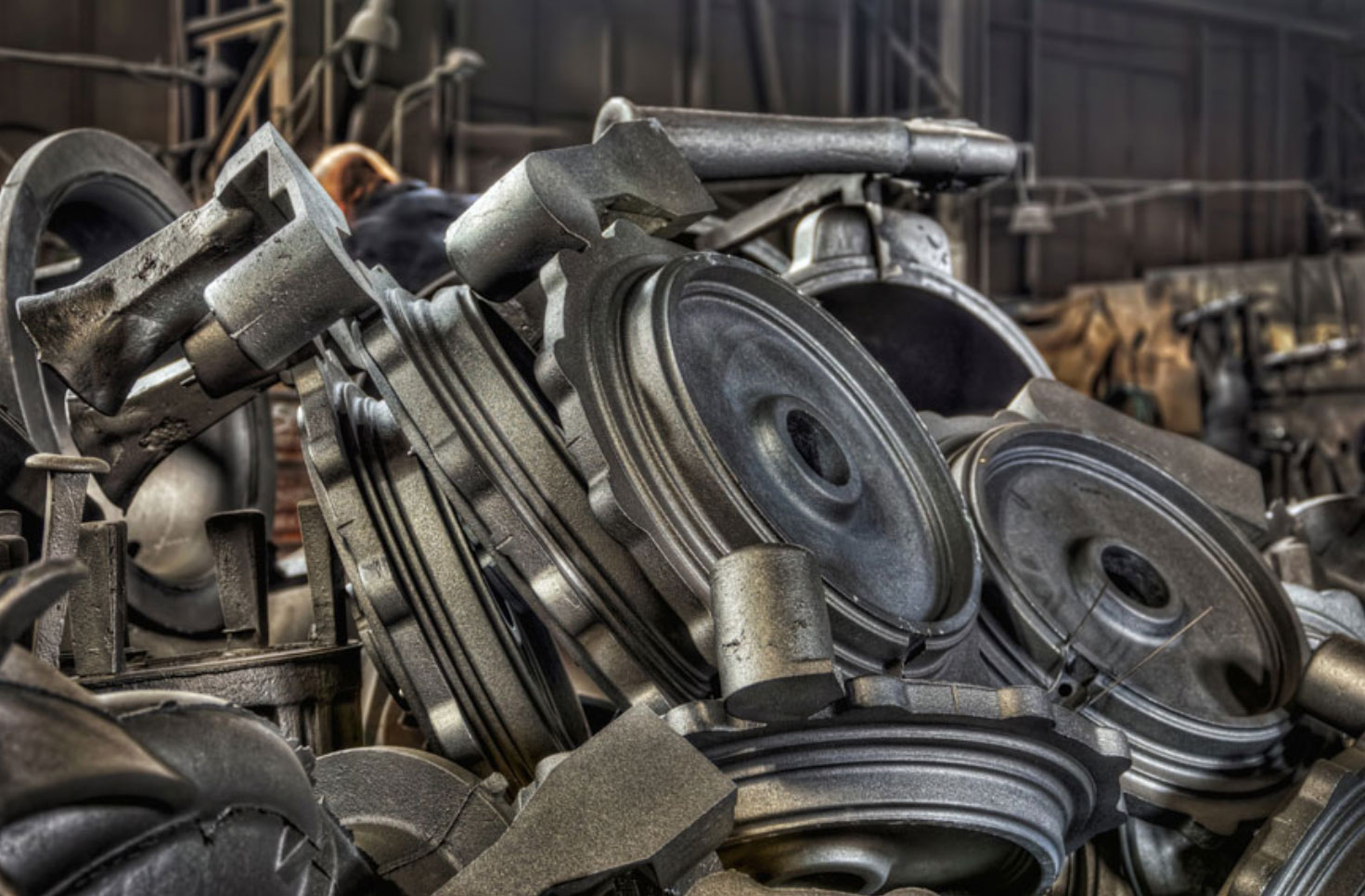
The advancements in the ductile iron casting process from a modern metallurgical perspective have been significant, revolutionizing the way this versatile material is produced and utilized. Here are some of the key advancements:
- Improved Alloying Techniques: Modern metallurgy has enhanced the understanding of how different alloying elements affect the properties of ductile iron. Elements like magnesium or cerium are used in precise quantities to promote the formation of spherical graphite structures, which are crucial for the ductility of the iron.
- Advanced Molding and Casting Methods: Technologies such as computer-aided design (CAD) and computer-aided manufacturing (CAM) have refined the molding and casting processes. This allows for more complex shapes to be produced with higher precision and consistency.
- Thermal Treatment Enhancements: Heat treatment processes like annealing, quenching, and tempering have been optimized for ductile iron. This optimizes its mechanical properties, such as strength, ductility, and wear resistance, making it suitable for a wider range of applications.
- Inoculation and Nodulization Techniques: Refinements in inoculation methods, where small amounts of material are added to the molten iron to control graphite formation, have led to more consistent and controlled microstructures in ductile iron.
- Quality Control and Testing: Modern metallurgical labs now use advanced testing and quality control methods, such as computerized tomography (CT) scans and 3D imaging, to inspect and ensure the integrity of ductile iron castings.
- Environmental and Energy Considerations: There is an increasing focus on making the casting process more environmentally friendly and energy-efficient. This includes recycling scrap metal, optimizing furnace operations, and reducing emissions.
- Customization for Specific Applications: Advances in metallurgy have enabled the customization of ductile iron properties to meet specific needs in various industries such as automotive, aerospace, and construction. This includes modifying the matrix structure and the graphite shape and size to tailor the material’s performance.
- Use of Predictive Modeling: Simulation software and predictive modeling are used extensively to predict how changes in the process parameters will affect the final properties of the cast iron. This helps in reducing trial and error, saving time and resources.
- Integration with Additive Manufacturing: Emerging technologies like 3D printing are being integrated with traditional casting processes to create complex components with enhanced properties and reduced lead times.
These advancements have made ductile iron a more versatile, reliable, and cost-effective material for a wide range of industrial applications. The continuous research and development in this field promise even more innovative uses and efficiencies in the future.
